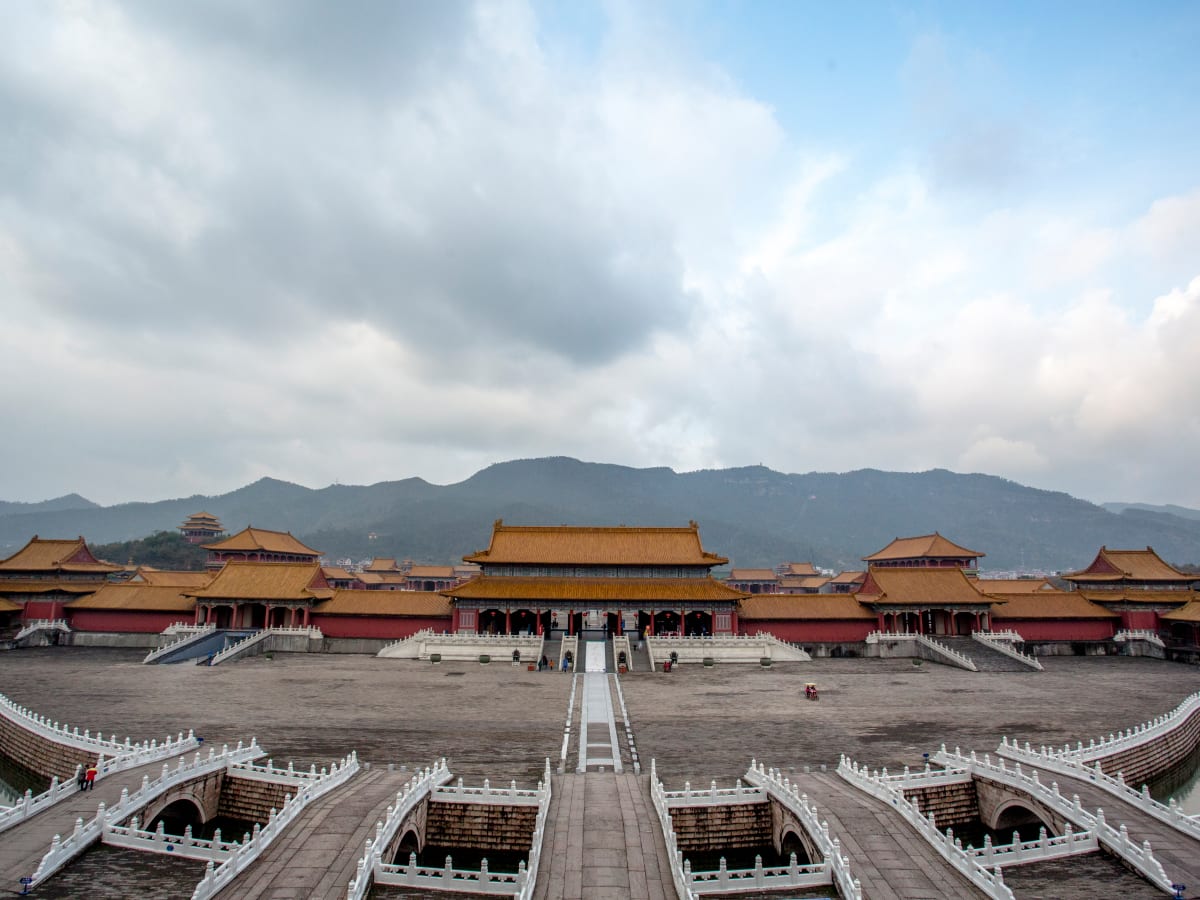The Ming Dynasty (1368-1644) and the Qing Dynasty (1644-1912) are two prominent dynasties in Chinese history that have shaped China’s culture, politics, and economy in different ways. The Ming Dynasty rose to power after overthrowing the Mongol-led Yuan Dynasty, but weak emperors and internal corruption led to political instability and economic decline. The Qing Dynasty rose to power after Manchu forces defeated the Ming Dynasty, and under their rule, China expanded its territories and achieved impressive cultural achievements. However, internal corruption, pressure from European powers, and a series of events weakened the dynasty, ultimately leading to China’s modern history. Both dynasties had a significant impact on China’s history and shaped its identity today.
The Ming Dynasty vs. The Qing Dynasty: The Rise and Fall of Chinese Dynasties
Introduction
The history of China is marked by various dynasties that ruled the country for centuries. Two prominent dynasties in Chinese history are the Ming Dynasty (1368-1644) and the Qing Dynasty (1644-1912). Both dynasties have shaped China’s culture, politics, and economy in different ways. This article aims to compare and contrast the Ming and Qing dynasties’ rise and fall, their cultural achievements, and their impact on China’s history.
Rise and Fall of the Ming Dynasty
The Ming Dynasty rose to power after overthrowing the Mongol-led Yuan Dynasty. The Ming emperors restored China’s culture and traditions, making Confucianism the official state doctrine. The early Ming era saw impressive cultural achievements, including the construction of the Great Wall of China, the Forbidden City, and advancements in astronomy, literature, and art.
However, the Ming Dynasty’s decline began towards the end of the 16th century, with weak emperors and internal corruption leading to political instability. The dynasty’s economic prosperity, largely fueled by trade with Europe, slowly declined as the Ming government restricted foreign trade to protect China’s interests. Invasions by Mongol and Manchu tribes also weakened the empire, eventually leading to its downfall in 1644.
Rise and Fall of the Qing Dynasty
The Qing Dynasty rose to power after Manchu forces defeated the Ming Dynasty, marking the first time a non-Han Chinese group ruled China. Under the Qing emperors, China expanded its territories, reaching its largest size, including Taiwan, Tibet, and Mongolia.
The Qing Dynasty’s early period was marked by impressive achievements in art, literature, and science. The emperors continued the Ming’s restrictive policies towards trade with the West but eventually opened up to European trade in the mid-19th century, leading to economic growth.
However, the Qing Dynasty’s later period was marked by internal corruption, population growth, and the continued pressure from European powers. The Opium Wars, during which the British forced China to open up to trade, exposed the empire’s weakness and led to a series of unequal treaty agreements, weakening the Qing Dynasty’s power. The Boxer Rebellion and various uprisings further weakened the empire, leading to its collapse in 1912.
Cultural Achievements
Both the Ming and Qing Dynasties made significant cultural achievements that have shaped China’s history. The Ming Dynasty is renowned for its philosophy and literature, with scholars such as Wang Yangming advocating for the individual’s moral self-cultivation. Ming architecture is also notable, with the Forbidden City, Temple of Heaven, and the Great Wall of China being iconic landmarks.
The Qing Dynasty, on the other hand, is known for its Manchu cultural influence on China’s arts, literature, and language. The era saw significant advances in art, such as the rise of the Shanghai School and the emergence of Peking Opera. The dynasty also promoted Confucian culture, with the Imperial Examination system being expanded, leading to the rise of scholars and officials.
Impact on China’s History
Both the Ming and Qing Dynasties have had a significant impact on China’s history. The Ming Dynasty restored China’s traditional culture, literature, and architecture, shaping China’s identity today. Although the dynasty declined in the late 16th century, it paved the way for the Qing Dynasty, which marked the beginning of a new era in Chinese history.
The Qing Dynasty’s impact on China’s history is equally significant. The dynasty expanded China’s territories, introducing the Manchu culture to the Han Chinese, and is credited with the rise of scholars and officials. However, the dynasty’s decline exposed China’s vulnerability to foreign powers, leading to a series of events that ultimately shaped China’s modern history.
Conclusion
In conclusion, the Ming and Qing Dynasties represent two of the most prominent eras in Chinese history. Both dynasties made significant cultural and economic contributions, shaping China’s identity and influencing its current trajectory. Although each had its unique characteristics and legacy, both share a similar fate in their decline, highlighting the importance of internal stability and security in a ruling dynasty.
